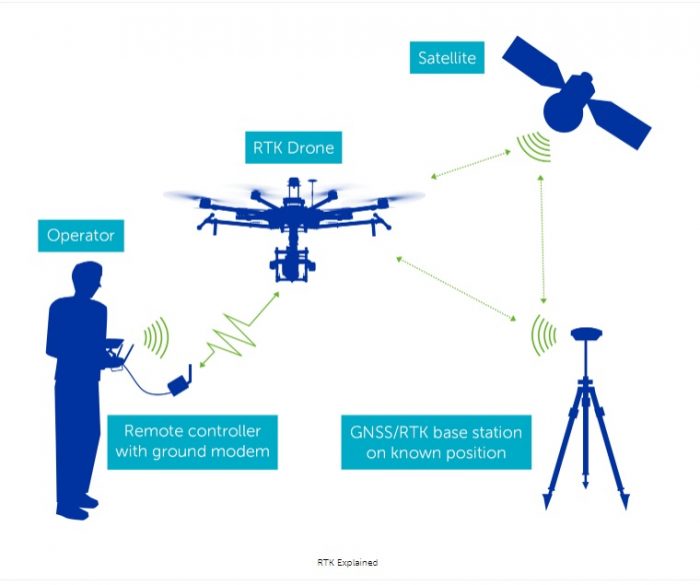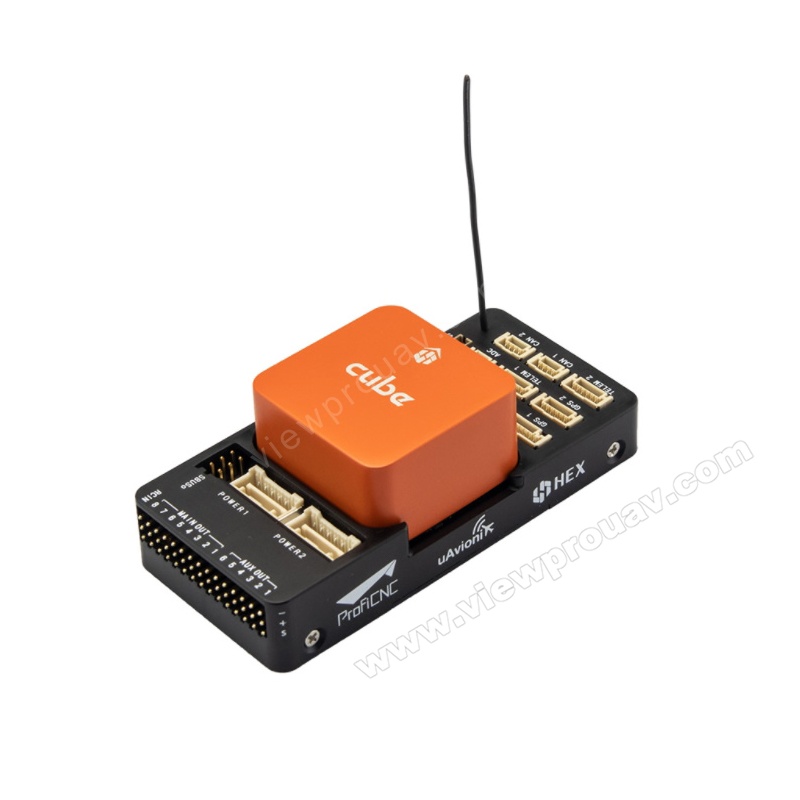Reputable Drone Navigation with SparkNavi Drone Flight Controller and GNSS/INS Made in Taiwan
Reputable Drone Navigation with SparkNavi Drone Flight Controller and GNSS/INS Made in Taiwan
Blog Article
The Relevance of Drone Flight Controllers in Modern Aerial Modern Technology: Trick Elements and Their Effect
In the realm of modern aerial innovation, drone flight controllers serve as the essential systems that manage a drone's performance and abilities. As industries increasingly count on drones for applications varying from farming to monitoring, the developing technology within flight controllers increases vital questions concerning their future influence and prospective developments.

Introduction of Drone Trip Controllers
In the world of airborne innovation, drone flight controllers function as the vital mind of unmanned aerial cars (UAVs), allowing accurate maneuverability and stability during trip. These innovative systems incorporate sensing unit data, processing algorithms, and control inputs, permitting drones to implement intricate trip patterns with accuracy.
Drone flight controllers utilize numerous sensing units, such as gyroscopes, accelerometers, and GPS modules, to evaluate the UAV's orientation and placement in real-time. This details is necessary for preserving balance and ensuring secure procedure in varied ecological conditions. The controllers process this information to make immediate adjustments to the drone's electric motors, permitting for smooth shifts and responsive handling.
In addition, trip controllers are geared up with innovative software program that supports attributes such as waypoint navigating, obstacle evasion, and self-governing trip abilities. This software is crucial for both entertainment and industrial applications, where reliability and accuracy are extremely important. As drone innovation proceeds to development, the evolution of trip controllers will play an essential role in boosting UAV performance, safety and security, and adaptability, eventually broadening their applications across different markets.
Secret Elements Explained
Understanding the essential parts of drone flight controllers is crucial for understanding just how these systems operate efficiently. At the heart of a trip controller is the microcontroller, which works as the brain, refining information from various sensors and carrying out commands. Essential sensors include gyroscopes and accelerometers, which gauge the drone's orientation and movement, supplying crucial feedback for stabilization.
One more trick part is the barometer, which gauges altitude by determining climatic stress, while general practitioner components offer positional data, allowing self-governing navigating - SparkNavi drone flight controller and GNSS/INS made in taiwan. The trip controller additionally interfaces with Digital Rate Controllers (ESCs), which manage the rate of the drone's electric motors based upon the controller's commands
Interaction components, such as radio receivers, facilitate remote control input, allowing operators to send commands in real-time. Additionally, some flight controllers integrate software that can deal with complicated formulas for waypoint navigating, flight preparation, and telemetry data analysis.
Duty in Flight Stability
Central to keeping trip stability, drone flight controllers use sophisticated formulas to refine sensing unit information and make real-time adjustments. These controllers are furnished with a variety of sensors, including gyroscopes, accelerometers, and measures, which continuously check the drone's rate, positioning, and altitude. By translating this data, the trip controller can recognize inconsistencies from the preferred trip path and respond immediately to maintain security.
For circumstances, if a drone experiences an unanticipated gust of wind, the trip controller can quickly change the motor rates to neutralize the disturbance, making sure a constant flight trajectory. This capability is crucial not only for manual flight procedures yet also for carrying out intricate maneuvers and maintaining smooth flight in different environmental problems.
.jpg)
Moreover, the innovative formulas made use of in trip controllers, such as PID (Proportional-Integral-Derivative) control, allow for fine-tuning of the drone's feedback to changes in trip problems. By enhancing these control criteria, flight controllers can boost security, enhance responsiveness, and reduce pilot workload. Ultimately, the duty of trip controllers in guaranteeing flight stability is vital for the risk-free and reliable procedure of contemporary drones throughout diverse applications.
Effect On Autonomous Operations

Independent operations are particularly crucial in varied applications such as delivery, monitoring, and agriculture solutions. With enhanced flight controllers, drones can autonomously navigate predetermined paths, efficiently collect data, and adjust to dynamic atmospheres. This ability lowers the demand for constant human oversight, consequently raising operational performance and safety.
In addition, the execution of machine discovering strategies within trip controllers enables drones to enhance their efficiency with time by discovering from previous goals. This adaptability leads the way for a lot more advanced autonomous applications, such as swarm innovation, where multiple drones coordinate their actions to accomplish a common purpose.
Future Trends in Trip Controllers
Innovations in flight controller modern technology are positioned to pop over to this web-site reinvent drone capacities check out here in the coming years. One significant pattern is the combination of expert system (AI) and machine discovering formulas, making it possible for drones to pick up from their environments and make real-time choices. This innovation will boost independent navigation, obstacle avoidance, and goal preparation, significantly improving functional performance and safety and security.
In addition, the growth of innovative sensing unit technologies, such as LiDAR and multispectral imaging, will certainly offer flight controllers with richer information inputs. This will certainly promote more sophisticated analytical abilities, enabling drones to conduct complicated jobs, such as precision rescue, farming and search, and facilities examinations with unmatched accuracy.
Another arising pattern is the miniaturization of flight controller elements, which will cause lighter and more small drones. This advancement will expand trip durations and haul capabilities, making drones extra versatile for numerous applications.
Final Thought
To conclude, drone trip controllers work as crucial components in modern-day airborne technology, making sure stability and accuracy in ability to move through the assimilation of microcontrollers, accelerometers, and GPS components. SparkNavi drone flight controller and GNSS/INS made in taiwan. Their capability to make it possible for self-governing operations and adjust to numerous applications emphasizes their significance across numerous sectors. As advancements in expert system and sensor technology remain to arise, the potential for improved capacities and boosted operational effectiveness in drone systems will likely reshape the future of aerial applications
Central to maintaining trip security, drone flight controllers make use of innovative algorithms to process sensor information and make real-time changes. By analyzing this data, the trip controller can recognize inconsistencies from the wanted flight path and respond immediately to keep security.
In addition, the advanced algorithms utilized in trip controllers, such as PID (Proportional-Integral-Derivative) control, enable for fine-tuning of the drone's response to adjustments in trip conditions. Ultimately, the role of flight controllers in making certain trip security is important for the safe and reliable procedure of modern drones across diverse applications.
The innovations in drone flight controllers not only enhance learn this here now trip stability but likewise substantially influence independent procedures. SparkNavi drone flight controller and GNSS/INS made in taiwan.
Report this page